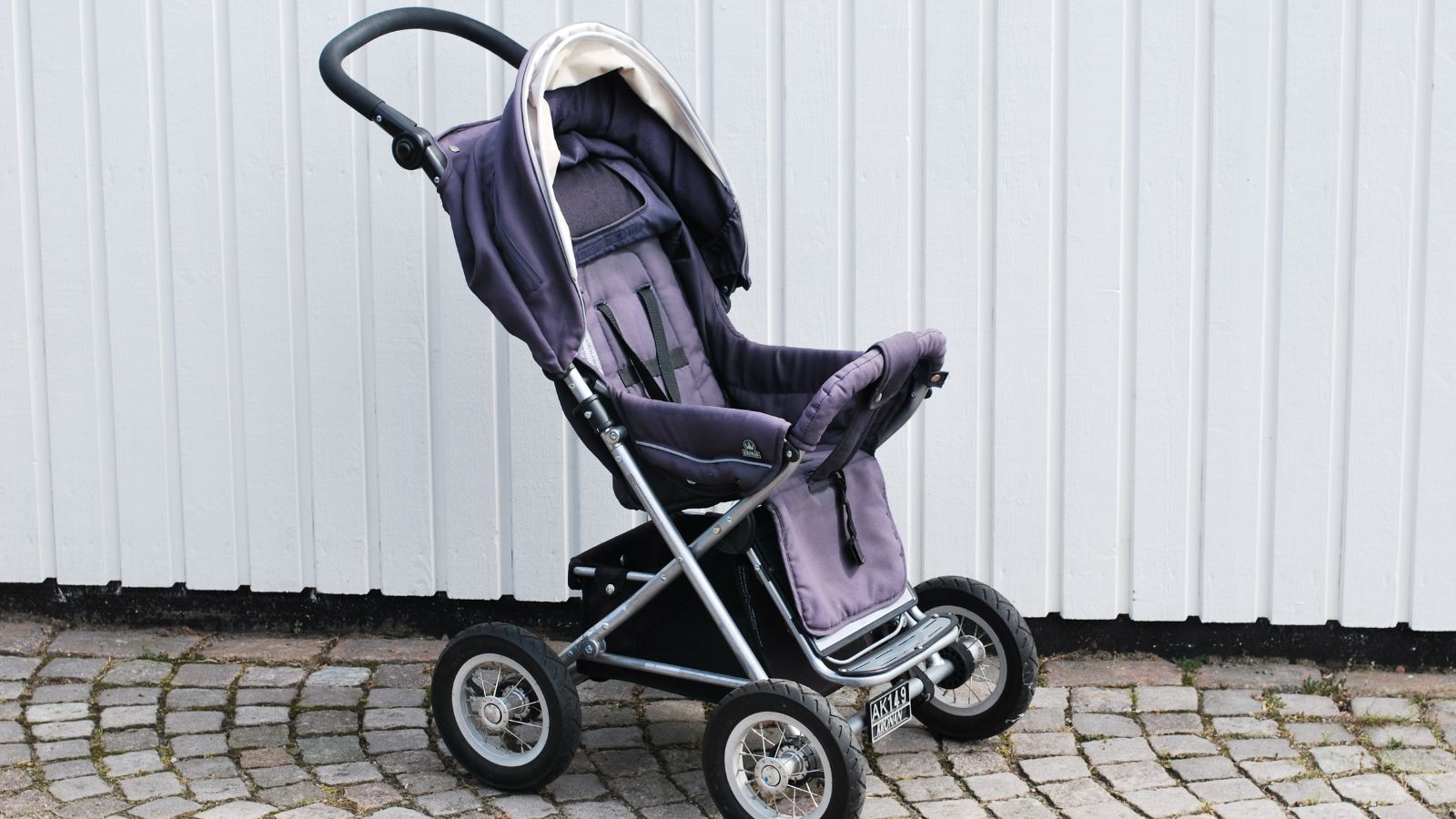
Remember when strollers were just basic wheeled contraptions with minimal features? Those days are long gone. Today’s baby transport solutions have undergone a tech revolution that would impress even the most discerning gadget enthusiast. From advanced materials to smart connectivity features, modern strollers now incorporate technology that makes parenting on the go safer, more convenient, and surprisingly high-tech.
The Evolution of Stroller Technology
Strollers have a rich history, dating back to the 1700s when the Duke of Devonshire requested a basket on wheels for transporting his children. Fast forward to the mid-20th century, and aluminum frames became the standard, though features remained basic. However, the real technological revolution began in the early 2000s, as strollers began incorporating engineering innovations and smart design elements.
Today’s strollers benefit from the same technological advancements seen in smartphones and smart homes. Innovations like computer-aided design, aerospace-grade materials, and digital integration have transformed these everyday parenting tools into sophisticated mobility solutions, reflecting our increasingly connected lifestyle.
Key Tech Features in Modern Strollers
What sets modern strollers apart? Several technological innovations stand out:
- Terrain-Adjusting Suspension: that analyze terrain in real-time and adjust cushioning accordingly
- Automatic Braking Systems: sensors that automatically engage when the stroller detects a slope or when the parent’s hand releases the handlebar
- Connectivity Features: built-in Bluetooth speakers, USB charging ports, companion apps that track routes, speed, and even the number of calories burned
- Climate Control: battery-powered fans, temperature sensors, and UV-protective canopies with digital indicators
Benefits for Growing Toddlers
As babies grow into toddlers, their mobility needs change significantly. Modern toddler stroller designs account for this with adjustable settings and convertible features. The most innovative models include weight sensors that automatically adjust suspension based on the child’s growth, ensuring optimal comfort throughout the developmental stages.
Advanced safety features also distinguish today’s high-tech options. Proximity sensors can alert parents when the stroller is approaching stairs or steep inclines. Some models even incorporate wearable tech that monitors the child’s temperature, heart rate, and sleep status while on the move—perfect for parents who appreciate data-driven insights.

Space-Saving Innovations
One of the biggest challenges parents face with strollers is storage. Engineers have tackled this by applying aerospace and automotive design principles to create strollers that fold more easily and compactly.
The latest foldable stroller models utilize advanced materials like carbon fiber and aircraft-grade aluminum to maintain structural integrity while dramatically reducing weight. Some models now offer one-touch folding systems powered by small electric motors—allowing parents to collapse the stroller with the press of a button while juggling a toddler and diaper bag.
These innovations address the growing need for compact solutions, particularly for urban families with limited storage space.
The Rise of Smart Fabrics
Beyond mechanical and electronic innovations, smart textiles represent the next frontier in stroller technology. Moisture-wicking fabrics that regulate temperature are becoming standard, but newer developments include:
Antimicrobial textiles that resist bacterial growth and self-clean through photocatalytic reactions when exposed to sunlight. Stain-repellent nanotechnology that causes liquids to bead up and roll off rather than absorb. And perhaps most impressively, fabrics with embedded sensors that can monitor air quality and alert parents to potential environmental hazards.
What’s Next in Stroller Tech
Looking toward the future, we can expect even more integration between strollers and our digital ecosystem. Autonomous following technology—where the stroller maintains a set distance from the parent without needing to be pushed—is already in prototype stages. Voice-activated controls and integration with smart home systems are likely next steps.
Some manufacturers are exploring renewable energy features, with solar panels integrated into canopies to power onboard electronics. Others are developing advanced navigation systems that can suggest optimal walking routes based on terrain smoothness and accessibility features—particularly valuable for parents of children with sensory sensitivities.
As these technologies mature and become more affordable, they’ll transform not just how we transport our children, but how we experience parenting in an increasingly connected world. For tech-savvy parents, the stroller is becoming another node in their personal Internet of Things—a smart device disguised as baby gear.


















